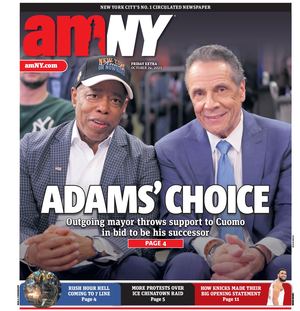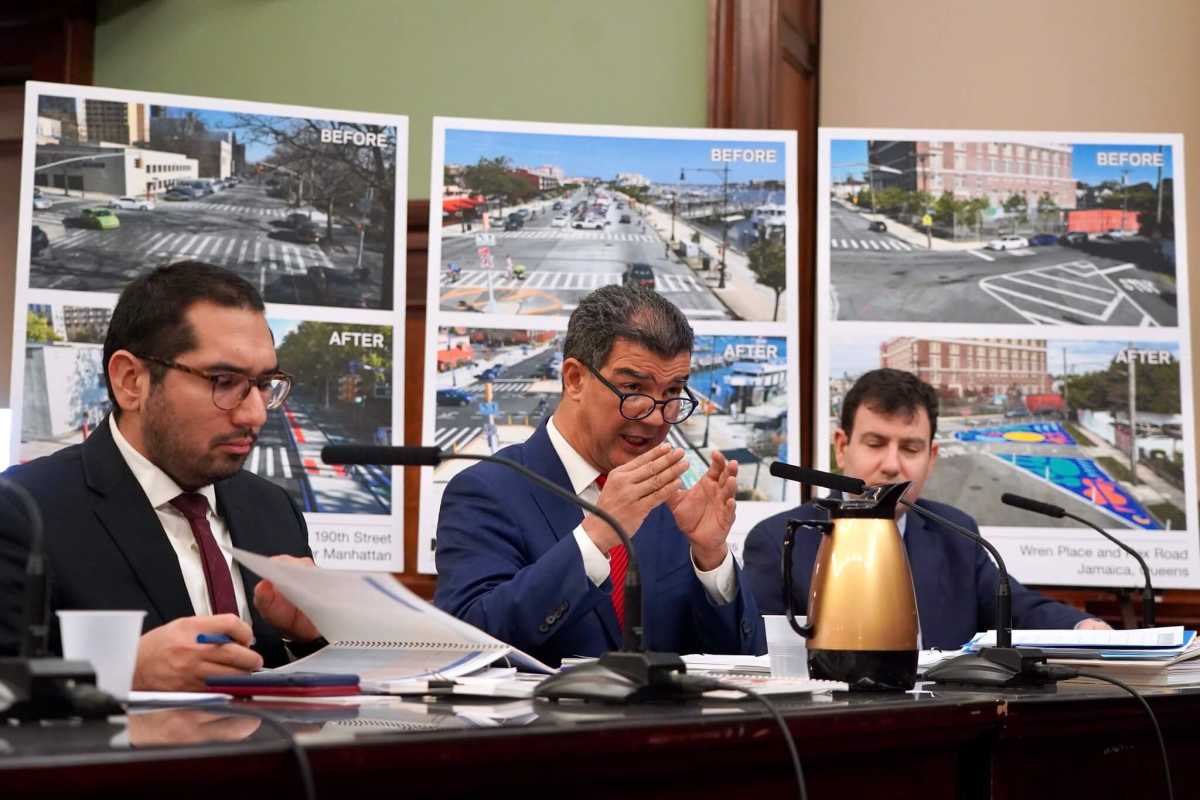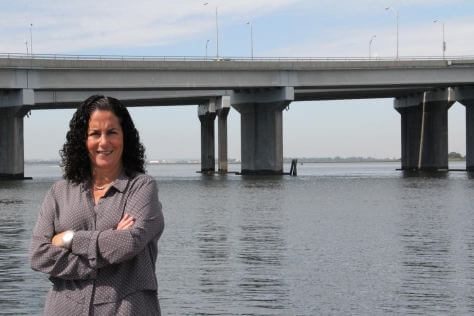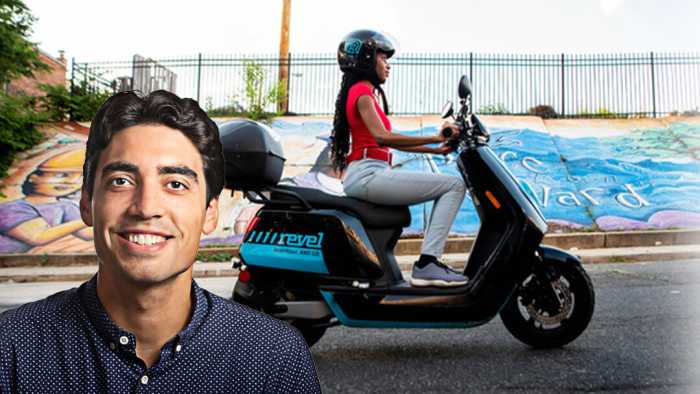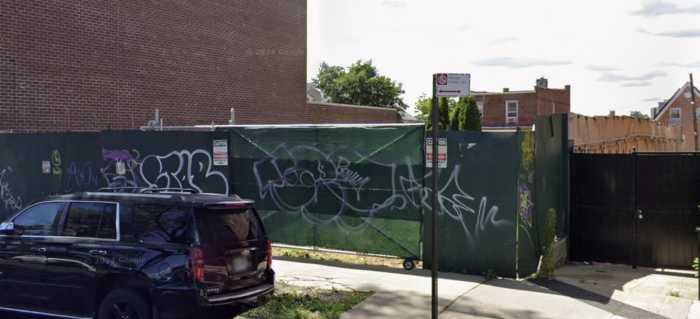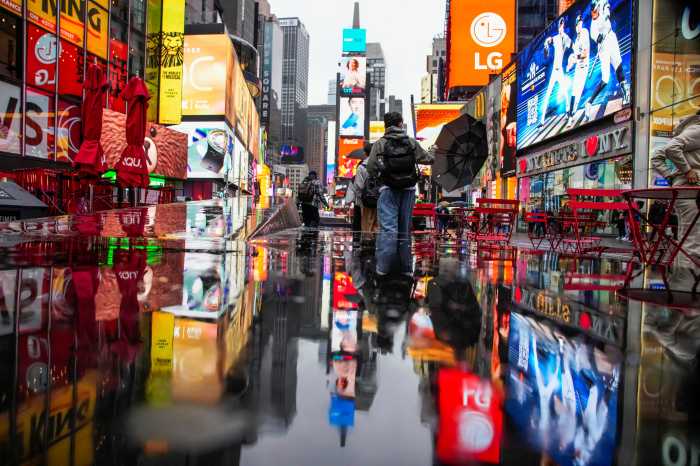The Adams administration is opposed to a suite of bills in the City Council setting new benchmarks for implementing street safety improvements, with the Department of Transportation (DOT) arguing it is better equipped to make project decisions than municipal lawmakers.
One-by-one, DOT Commissioner Ydanis Rodriguez told council members on Tuesday that his agency, and by extension Mayor Eric Adams, opposed their bills, which set new requirements for the installation of traffic-calming infrastructure and data reporting.
The administration argues that the DOT is in a better position to determine what “interventions” are necessary and feasible in a given intersection or corridor, on a case-by-case basis rather than under statutory requirements.
“We urge the council to allow us to retain flexibility to determine which treatments will be most effective in each location based on our data-driven safety criteria and our professional engineering judgement,” Rodriguez told members of the council’s Transportation Committee during Tuesday’s oversight hearing on street safety. “While we support the intent of this package of bills, we have concerns about their effect on the agency’s ability to make the appropriate safety changes on our streets. Streets are dynamic and conditions are constantly changing. We need to be nimble.”
The administration opposes bills requiring that the DOT:
- Install traffic calming devices at every intersection with 50 blocks of senior centers or naturally-occurring retirement communities;
- “Daylight” 100 intersections, or remove parking spaces closest to intersections to increase visibility, annually;
- Install “painted school safety signs” on each street with a school;
- Study the effectiveness of bollards and install them where necessary whenever doing sidewalk repairs or reconstruction;
- Comprehensively study traffic crashes causing death and serious injury every three years, rather than the current five;
- Annually study driver behavior to determine what actions cause crashes, injuries, and deaths;
In most cases, the commissioner argued that statutory requirements do not take into account the “dynamic” nature of streets, with all of them having different conditions, streetscape, and needs.
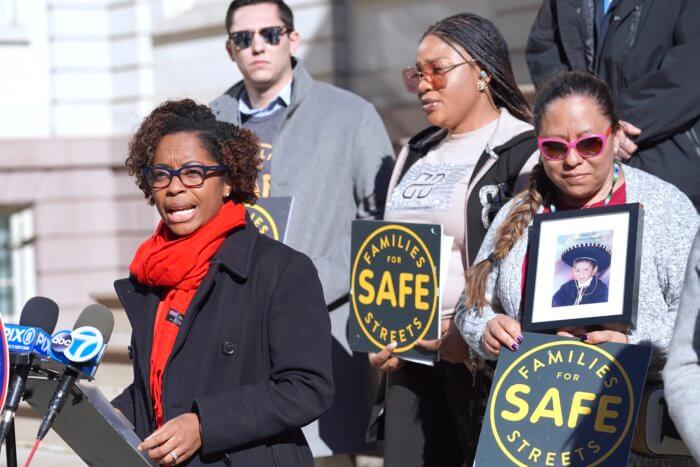
In a statement after the hearing, Transportation Committee chair Selvena Brooks-Powers, a Democrat representing southeast Queens, said she intended to advance the bills in committee even without the support of the administration.
“We’ll continue to discuss these bills with Administration officials, and I have every intention to move them forward in my committee. The Council has a responsibility to ensure our agencies are working for New Yorkers,” said Brooks-Powers. “Today, it was clear that the DOT is not doing what is required by law to build and upgrade street infrastructure citywide. We can and must do more to redesign dangerous roadways with hard infrastructure investments. And we must prioritize Black and Brown communities in outer boroughs where much of the traffic violence is concentrated.”
The administration’s opposition was against legislation some advocates had deemed “small ball” and low-hanging fruit. More controversial measures, like allowing civilian enforcement against drivers parked in bike lanes and cracking down on fake license plate scofflaws, were not on the agenda; Brooks-Powers said a hearing on Intro. 501 — which allows New Yorkers to report bike-and-bus-lane parkers and get a portion of ticket revenue sent to their bank account — is in the works and will likely take place around April.
The administration is also considerably behind on existing statutory goals. In 2022, DOT was required under the city’s Streets Plan to build 20 miles of bus lanes and 30 miles of protected bike lanes; by 2026, the administration is supposed to have installed 150 miles of bus lanes and 250 miles of protected bike lanes.
But DOT is behind on both of those goals: the Adams administration has only installed 6.8 miles of bus lanes and 18.9 miles of bike lanes so far, according to tracking tools maintained by the Riders Alliance and Transportation Alternatives, respectively.
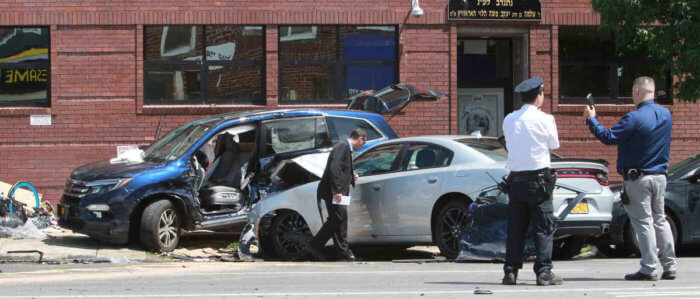
When asked by Council Member Gale Brewer if he could affirm, under oath, that the agency would meet the benchmarks this year, Rodriguez dodged the question, citing DOT work to harden existing bike lanes and arguing the agency is prioritizing “quality” over “quantity.”
A total of 255 people died in traffic collisions on city streets last year, a decrease from the numbers seen in 2021 but still well above a low of 206 seen in 2018. That includes 16 children, a record high of the Vision Zero era. Advocates have long argued that traffic deaths can be curtailed, or even eliminated, by redesigning streets in ways that prevent reckless driving.
Last year, the mayor announced a $904 million investment to implement the requirements of the Streets Plan over five years. But even beyond bus and bike lanes, the administration’s progress on implementation has been slow; Rodriguez blames that on short staffing at the agency, and blames that phenomenon on national-level economics.
“Like with many sectors of the economy and municipal governments across the country, DOT is facing hiring challenges in the post-pandemic environment,” said Rodriguez. “We currently have 4% fewer staff than we did in 2019, and 14.3% fewer staff in the Transportation Planning and Management Division which is tasked with much of this work.”
The glaring exception in the blame game was Rodriguez’s own boss, the mayor, who has ordered almost every city agency, including DOT, to slash their budgets, and has left hundreds of positions vacant.
Council Members say this is seriously impacting DOT’s ability to do the work of redesigning the streetscape, goals touted by Adams and Rodriguez.
In January’s edition of the Mayor’s Management Report — a compendium of job performance by city agencies — the DOT section notes that the agency, in the first four months of Fiscal Year 2023, completed 33% fewer inspections, installed 42% fewer protected bike lanes, added 88% fewer bike parking spots, and built 47% fewer bus lanes than the same period last year.
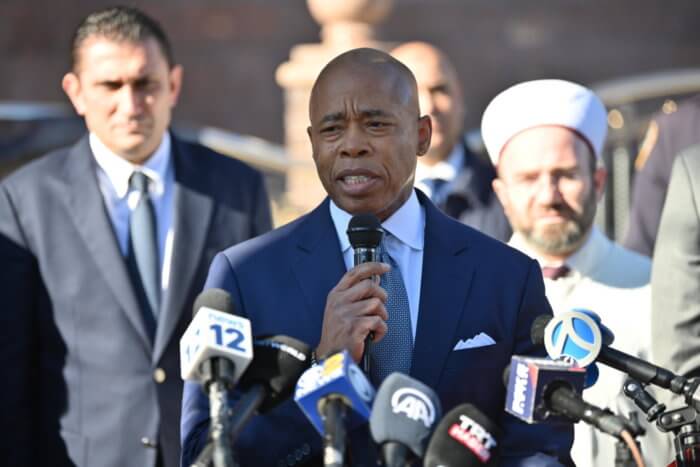
Most of those were blamed on staffing shortages, supply chain issues, and “political opposition” at the hyperlocal level.
But Council Member Lincoln Restler, who represents northern Brooklyn and co-chairs the Progressive Caucus, told Rodriguez the culpability lay with the mayor’s austerity approach to running the city, despite the watchdog Independent Budget Office forecasting a $4.9 billion surplus this year and the mayor himself touting $8.3 billion in reserves.
“I know your heart is in the right place, commissioner, but you can’t do the work if you don’t have the staff,” said Restler. “And I am deeply troubled by this administration’s commitment to financial austerity and shrinking the size of government at the expense of achieving the goals that you are espousing and intending to actually implement.”
In the interim, advocates say families will continue to be ripped apart by the actions of reckless drivers operating on unsafe roads.
“Everyone has a right to get to their destination safely whether they are walking, riding a bike, on a scooter, driving or a passenger in a car,” testified Monique Williams, whose father Jerry Spriggs was killed by a hit-and-run driver in the Bronx in November 2020. “Getting to school, church, work or to see a friend should not be a deadly act.”
